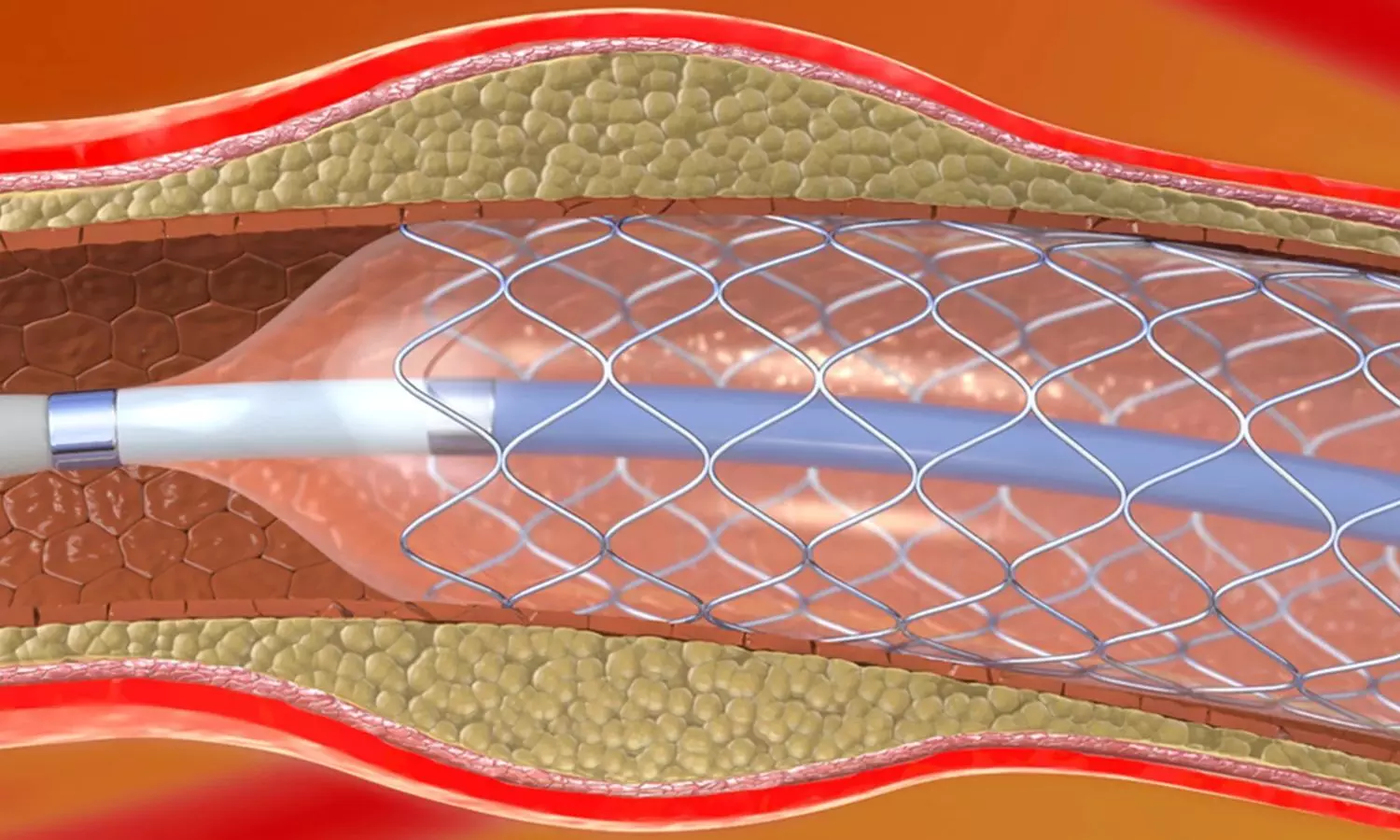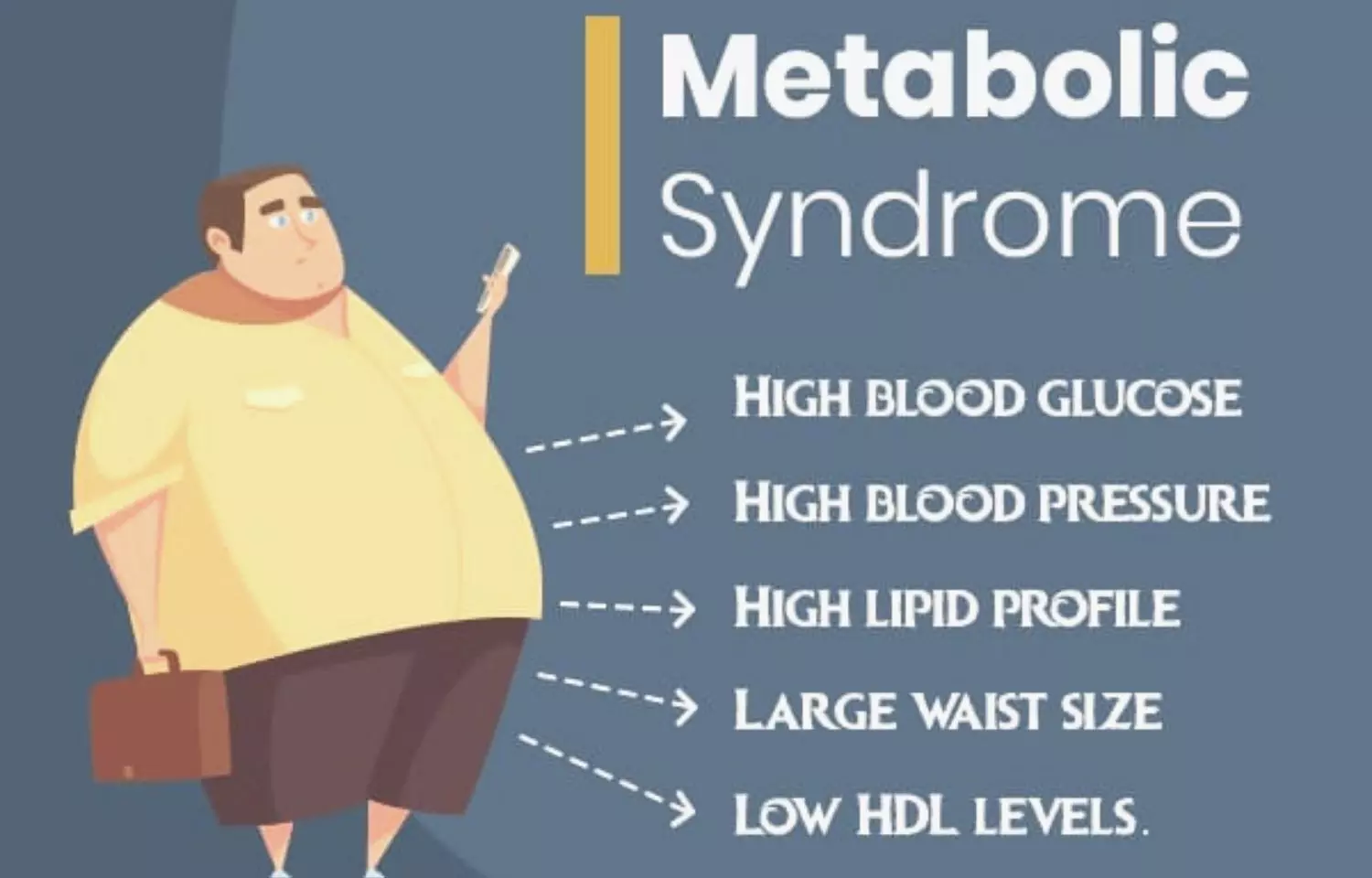Atopic dermatitis in children tied to increased risks of learning and memory difficulties: JAMA

USA: A cross-sectional study suggests prioritizing evaluation for cognitive impairment in children with atopic dermatitis (AD) among those with comorbid neurodevelopmental disorders. The findings were published online in JAMA Dermatology on March 6, 2024.
Using 2021 US National Health Interview Survey data, the researchers found that a weighted sample of 69 732 807 children with atopic dermatitis were more likely to experience memory and learning difficulties than those without AD. However, these associations were primarily limited to children with neurodevelopmental comorbidities, such as learning disabilities or attention-deficit/hyperactivity disorder (ADHD), and not observed among children without comorbid neurodevelopmental disorders.
Previous studies indicate that atopic dermatitis is associated with cognitive impairment in children, but these studies have primarily relied on neurodevelopmental diagnoses (rather than symptoms) as proxy measures of cognitive function. Whether certain subpopulations of children with AD are at greater risk of cognitive impairment remains unknown.
To fill this knowledge gap, Emily Z. Ma, University of Maryland School of Medicine, Baltimore, and colleagues aimed to investigate the association of AD with symptoms of cognitive impairment (difficulty in memory or learning) among US children. They also determined whether this association varies according to the absence or presence of neurodevelopmental comorbidities (developmental delay, ADHD, or learning disability).
The researchers utilized 2021 data from the US National Health Interview Survey collected on children aged 17 years or younger without intellectual disability or autism. AD presence was based on an adult or parent caregiver’s report indicating either a current diagnosis of AD or a previous medical confirmation of AD by a healthcare professional.
The study’s main outcome was difficulty with learning or memory based on the child’s caregiver.
The study led to the following findings:
- Among the weighted total of 69,732 807 participants, 13.2% had atopic dermatitis.
- Compared with children without AD, children with AD were more likely to experience difficulties with learning (10.8% versus 5.9%) and difficulties with memory (11.1% versus 5.8%).
- In multivariable logistic regression models adjusted for sociodemographic factors, food allergies, asthma, and seasonal allergies or hay fever, AD was associated with increased odds of difficulties in learning (adjusted odds ratio [AOR], 1.77) and memory (AOR, 1.69).
- In analyses stratified by neurodevelopmental comorbidities, AD was associated with 2- to 3-fold greater odds of memory difficulties among children with any neurodevelopmental disorder (AOR, 2.26), including learning disabilities (AOR, 2.04) or ADHD (AOR, 2.90).
- AD was not associated with learning or memory difficulties among children without neurodevelopmental conditions.
“These findings may improve the risk stratification of children with atopic dermatitis for cognitive impairments and suggest prioritizing evaluation for cognitive difficulties among children with AD and neurodevelopmental disorders,” the researchers concluded.
Reference:
Ma EZ, Chang HR, Radtke S, Wan J. Symptoms of Cognitive Impairment Among Children With Atopic Dermatitis. JAMA Dermatol. Published online March 06, 2024. doi:10.1001/jamadermatol.2024.0015
Powered by WPeMatico









